1913
The Mayo Bridge is Richmond’s most storied crossing. The current form of the bridge, dating to 1913, is the city’s oldest, but its history stretches back another hundred years, nearly to the founding of Richmond.
In the colonial period, the two sides of the James River were connected only by ferry. A toll bridge was initially conceived by William Mayo, who laid out Richmond’s street grid in 1737, but he died before realizing it. His son John took up the task, completing a floating pontoon bridge in 1788. The bridge was frequently destroyed by floods and rebuilt in the century that followed.
When Manchester, formerly an independent city, was annexed in 1910, Richmond guaranteed that a new and improved Mayo Bridge would be constructed. For the first time, the bridge was made toll free, helping to further integrate the newly joined cities. The streetcar system eventually extended across the bridge from the north side of the river, providing direct service to downtown from routes along Hull Street and Petersburg Turnpike.
The reinforced concrete bridge is vastly sturdier than previous iterations. Its shallow arches connect elongated piers which follow the flow of the river, giving it an appearance similar to short span urban bridges in Europe. The pattern of bridge railings are in an early art deco style, which is reinforced by obelisks standing above each pier.
The Mayo Bridge, which connects Hull Street in Manchester with 14th Street in Shockoe Slip, is separated into two sections which meet at Mayo Island. The bridge rests at ground level, much lower than other public bridges in the city. Its short stature makes it vulnerable to flooding in severe storms, but also provides some benefits. Crossing the bridge as a pedestrian is natural, and entering and exiting each side of the river on grade makes the bridge feel like part of the street grid, rather than a completely separate piece of infrastructure. The connection with the river below is also strong, and the sidewalks lining the bridge have become popular fishing spots.
The Mayo Bridge, in the many forms it has taken, is an important piece of Richmond’s historical narrative. Today, it reminds us of the political project of connecting Manchester and Richmond, and of the economic rewards to doing so. But it also provides a tangible example of how infrastructure can be reconsidered and refined overtime.
DOK

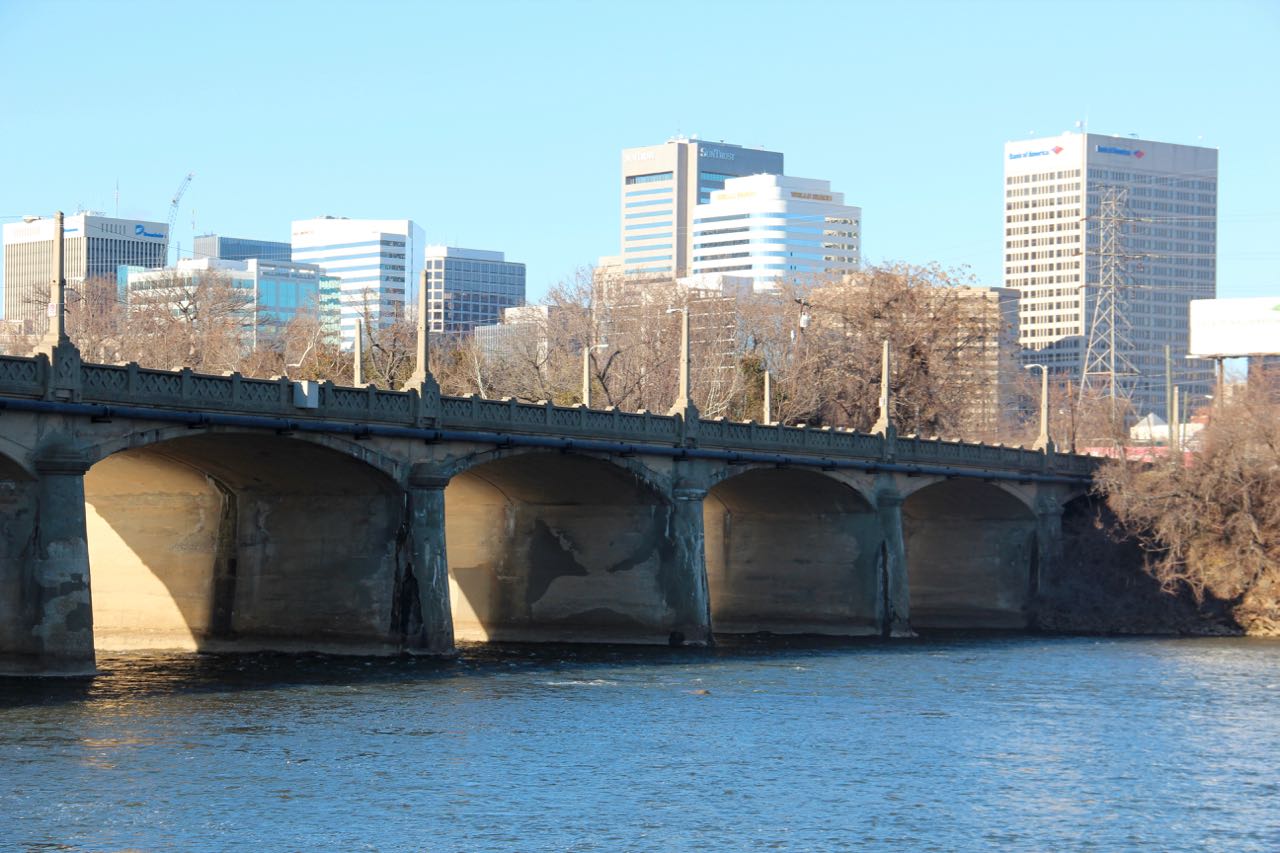


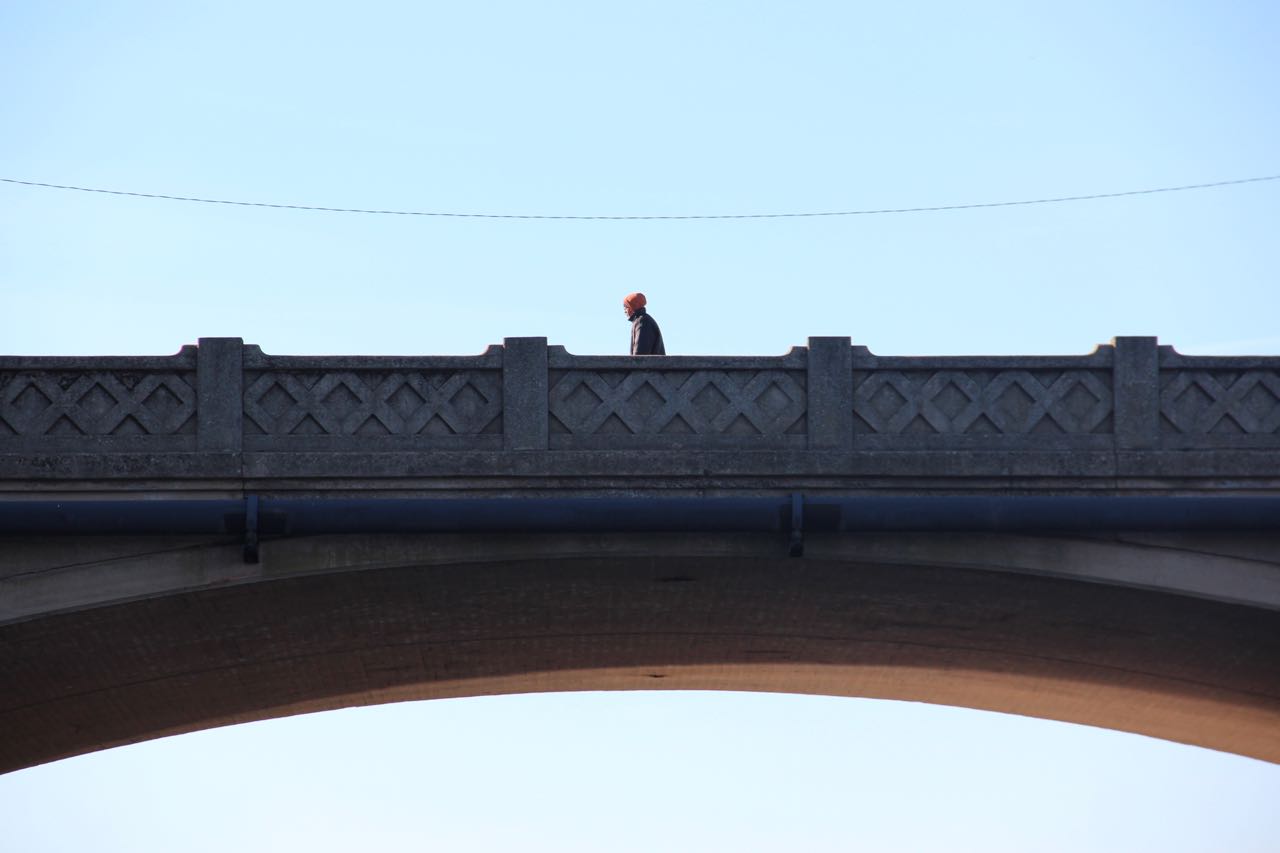
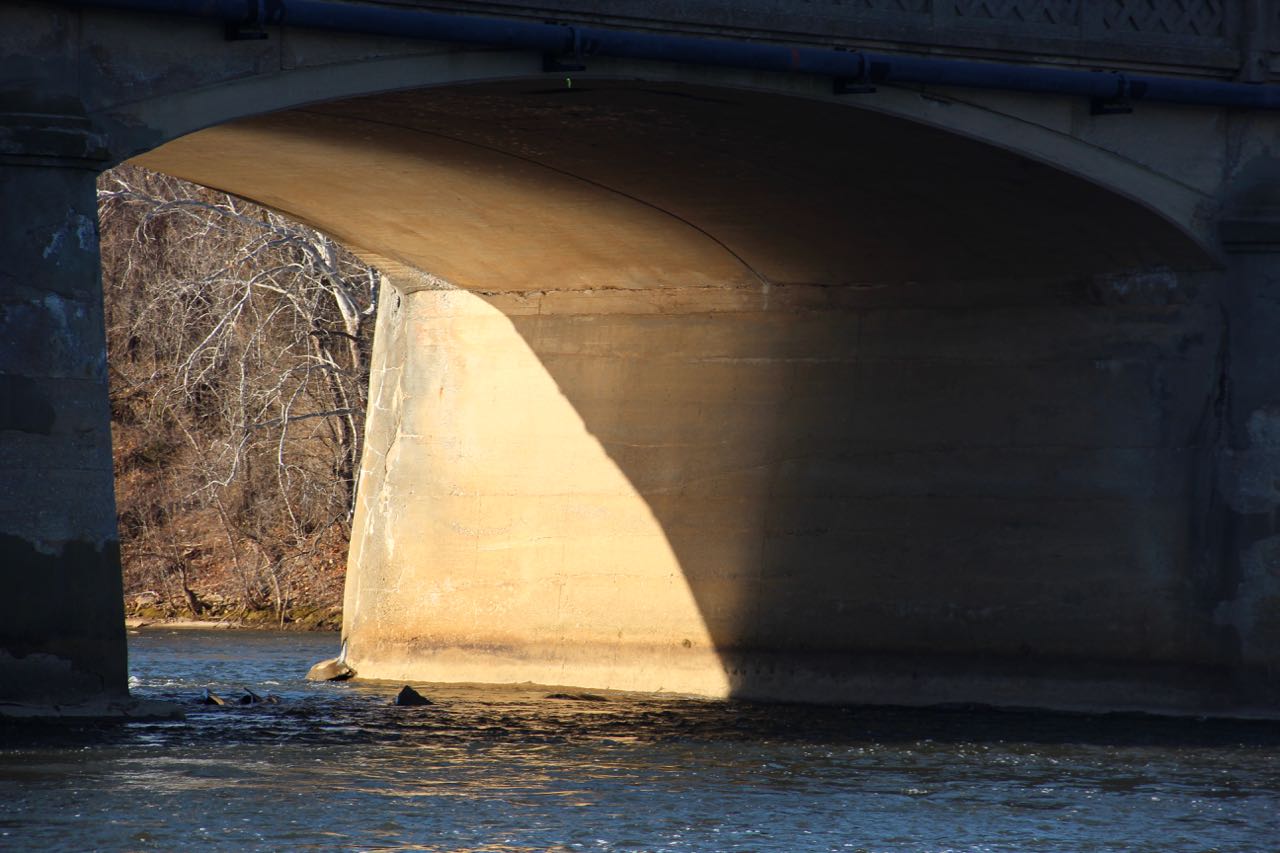
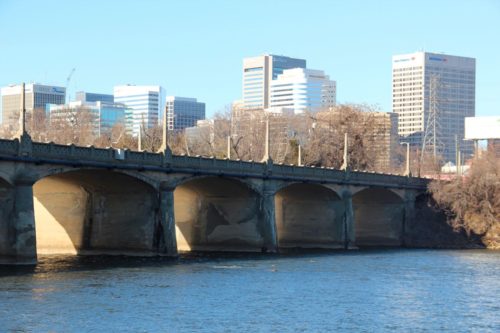

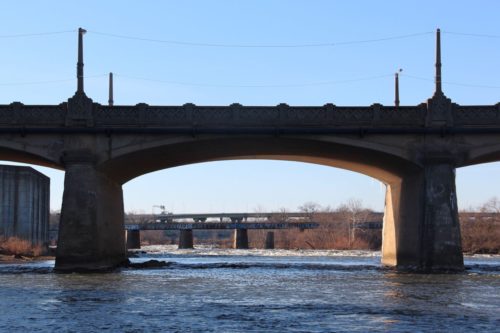


Write a Comment